From the van I see Laing dragging the table from his room out onto the landing. I park — I can park anywhere because there’s no one else here besides Laing and myself, which is to say I don’t “park” at all but just stop the van near Laing’s room — and join him at the table. He brings out a new, unopened bottle of obscure bourbon and two small glasses. I notice the scars on the back of his hands that look like melted plastic and his knuckles fat as if marbles had been shoved beneath his skin and the smell also, very slight, that reminds me of a campfire that has just been doused with water.
“It is one of the films David Lynch made in Philadelphia, before moving to Los Angeles in 1971. I watched it over and over one night, projected against the back wall of the rare books room. The first few times the frames kept emptying out, the images just falling away, and it’s not until the third time that the images held fast enough to resemble anything close to a movie. What turns out to be the most terrifying thing about the film is how un-Lynchian it is, a sort of espionage-thriller of all things. In truth, I’m not sure it was a Lynch film at all, especially now, recalling it many years later. It was more like a deleted sequence from Antonioni’s The Passenger , perhaps from right after the scene where David Locke (Jack Nicholson) and the Girl (Maria Schneider) sit out by the highway at the cafe in the sun and the cars go by, the camera panning quickly from left to right as one car speeds by, and then, when another car enters the frame from the left, panning quickly to follow it, until finally stopping mid-pan with a two shot of David and the Girl who are talking about their lives or their possible lives, and David says something like I think I’m going to be a waiter in Gibraltar ( too obvious , the Girl replies). And then David says, Maybe a novelist in Cairo . That’s where the missing scene’s from, it must be, except the actors are different, and so are the characters’ names.
“His name is Sollors, the man in the film I watched.
“He is in his small room in Agadir, Morocco. The Atlas Mountains in the distance break the horizon like the upheaved spine of some ancient, magnificently sized creature. Sollors ‘works for’ Schneid who has bugged his apartment. Best not to talk. Best not to think. He understands this. Retrieve the loaded handgun stashed between the mattresses, he tells himself. Take the blue folder from beneath the socks in the top drawer of the dresser. Go to the cafe on the corner where the Marxist students used to congregate, before he wrote the poems that identified them by name, the poems that gave the students over to their tortured futures. Their dialectical futures. Their forced electro-shock futures. Less than a mile away, in the hot sun at Aitswal Beach, there are three shirtless African men waiting for Sollors, each one dedicated to murder in his own way.
“A warpath of words, that’s what his poems are,” Laing says, his voice tipping into a sort of incantation, as if the film is unfolding right there in front of him and he’s merely reporting back on what he sees and what he thinks it means. “Sollors’s poems,” he continues, “give shape and substance to the revolution itself, blocking its increasingly violent stages into gigantic leaping stanzas that bleed out meaning. Sollors, his long blond hair giving a false impression of dude-ness, sits at a wooden bar so splintered and clawed-at that you’d think it had survived attempted extermination with machetes. The bartender appears to be no older than twelve or thirteen. His face is scarred and one eye droops heavily as if sagging under the sorrow of terrible things it had witnessed. He wipes down glasses with a sort of detached compassion. Africa is no longer the same. The signals are weaker. The patient is dying. Sollors removes the blue folder and places it in front of a woman who sits to his right at the bar, a woman we had not noticed before because the camera had not allowed it. It’s as if Sollors was not only a character in the film but also an observer of the film itself. The woman has a Cleopatra haircut. The cafe door is propped open with a broken cinder block and there is a warm breeze coming in and she uses her glass of illegal beer to hold the papers still. Another woman, this one younger and with pink palms appears and stands to his left at the bar. The African sand flies appear and disappear on the sweaty legs and arms and necks of Sollors and the others. For a moment everything is very still. No one moves. It’s like a tableau or a hyper-realistic oil painting. The movie— Aitswal Beach was what it was called — just holds the image. Do you know how difficult it is to do a freeze frame?” Laing asks me. “The waste of hundreds of frames — each repeating the same image — to give the illusion of stillness? Twenty-four frames per second of the same image, three feet of film to equal one second of screen time. A ten-second freeze frame measuring over thirty feet of film, the length of this landing, I’d say. You understand?”
“I understood before you explained,” I told him, and although that was true, it wasn’t true in a literal way.
“The enjambment of just one line in just one of Sollors’s poems could make the difference between a prolonged death and a short one. Sollors’s job is to ferret out insurgents and — for reasons that may have been made clear in a different cut of the film, but not in this one — communicate their identities to Schneid. The television above the bar seems to switch channels on its own. Next to the television is a cross affixed to the wall, except that what’s nailed on it appears to be the figure of a woman, not a man. The bartender is cutting lemons right before their eyes, unaware of or ignoring the switching channels. I hesitate to say this because it may strike you as more absurd than what I’ve told you already, but the channels seem to depict action that is happening at other locations in the cafe. It’s as if someone unseen is switching through different surveillance cameras scattered throughout the cafe and broadcasting them there on the mounted television set. Even worse is that one of the feeds shows the bar where Sollors, the woman with the Cleopatra haircut, and the one with the pink palms sit, apparently in sync time with what’s being depicted on the screen itself, except that in the image on the television we see four people at the bar, not three. This fourth person — sitting there at the bar to the left of the pink-palmed woman, so that, from left to right we’ve got the unknown person, the pink-palmed woman, Sollors, and the woman with the Cleopatra haircut — this fourth person appears to be a man.
“The code Schneid gave to Sollors implicates Sollors himself. It’s not clear if Sollors is aware of this betrayal, of the fact that Schneid has asked Sollors to break a code that, once broken and revealed, condemns him to death. The kid bartender removes the quartered lemons and wipes the counter. The woman with the Cleopatra haircut stares out the door at the desert and blinks. The film becomes most filmic at this point,” Laing says, “as if it knows it’s being watched. There is a phone ringing from the black depths of the back of the bar. Sollors has never shaken fully the soft sand from this part of the Sahara. It falls from his hair like thunder. The West hears it now, too late. The girl with the pink palms to his left says something behind his back to Cleopatra-cut, but she just keeps staring out the open door and her face seems to vibrate like an engine throttled up far too high.
“The film switches to a different scene and we learn how Sollors, assassin of insurgents, arrived here, in this lonely bar. The flashback begins as the camera slowly tracks forward to the doorway that leads from the bar into the open desert. He was sent first to the small village of Garoua, Chad. His memory sloshes from one side of his head to the other. From Garoua Sollors is driven through impossible shifting sand (sand that never stays still) north to Mokolo. Then further north, for weeks, deeper into shallow, blinding light. There is dissent in the caravan. Men with yellow teeth bark orders at other men with yellow teeth. There is a fight over the safest route. A sparkplug is stolen during the night and they languish for days, drinking brown water from the rusty radiator, before arriving here.
Читать дальше
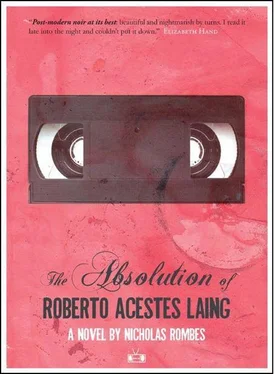
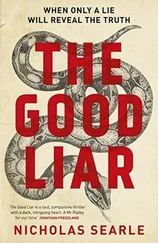
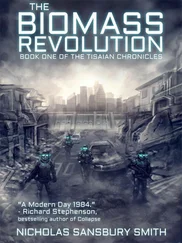
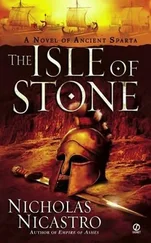
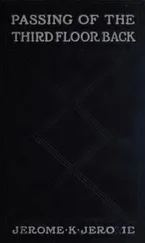

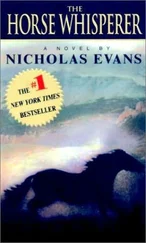
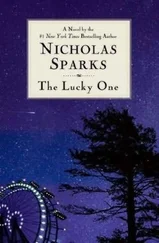

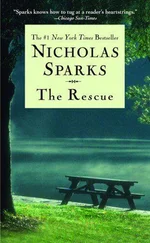
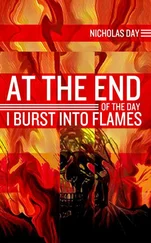

![Nicholas Timmins - The Five Giants [New Edition] - A Biography of the Welfare State](/books/701739/nicholas-timmins-the-five-giants-new-edition-a-thumb.webp)